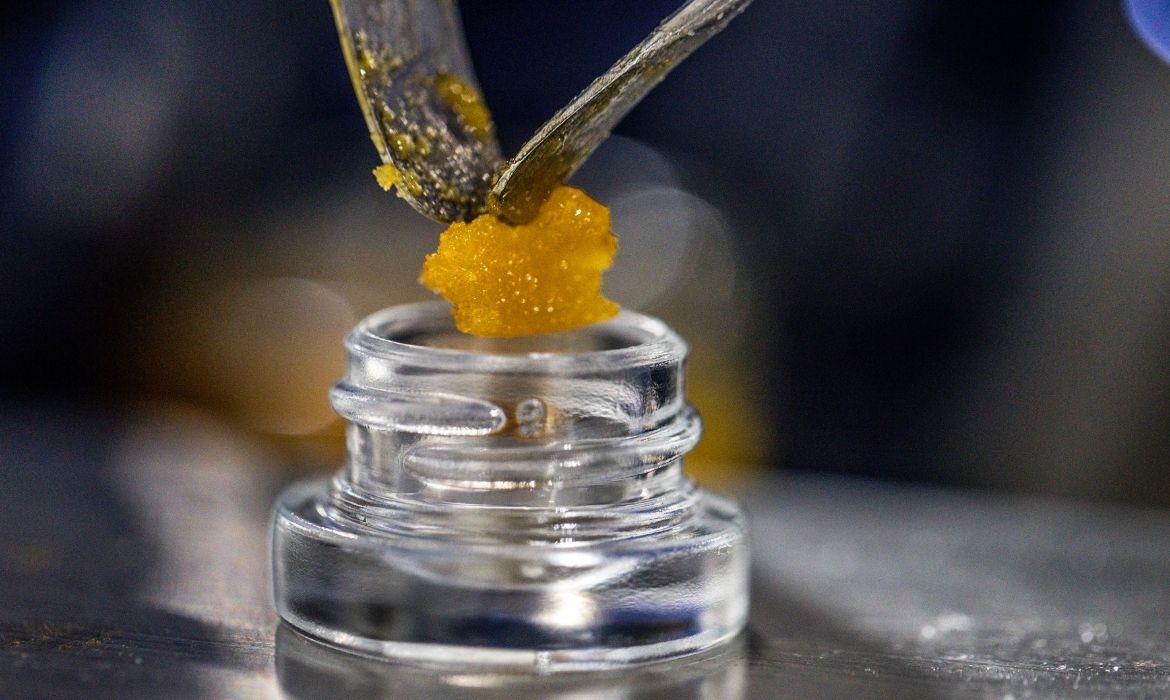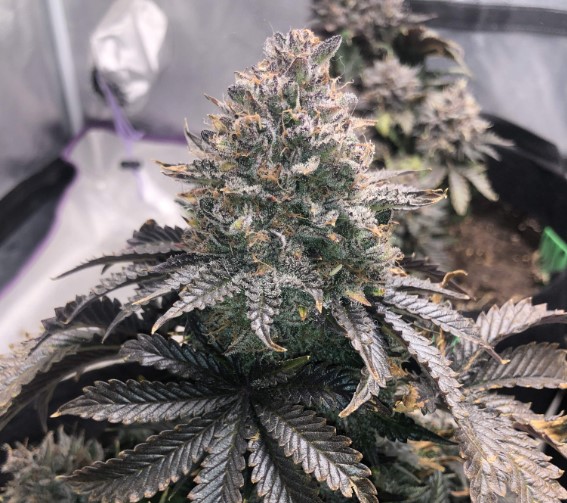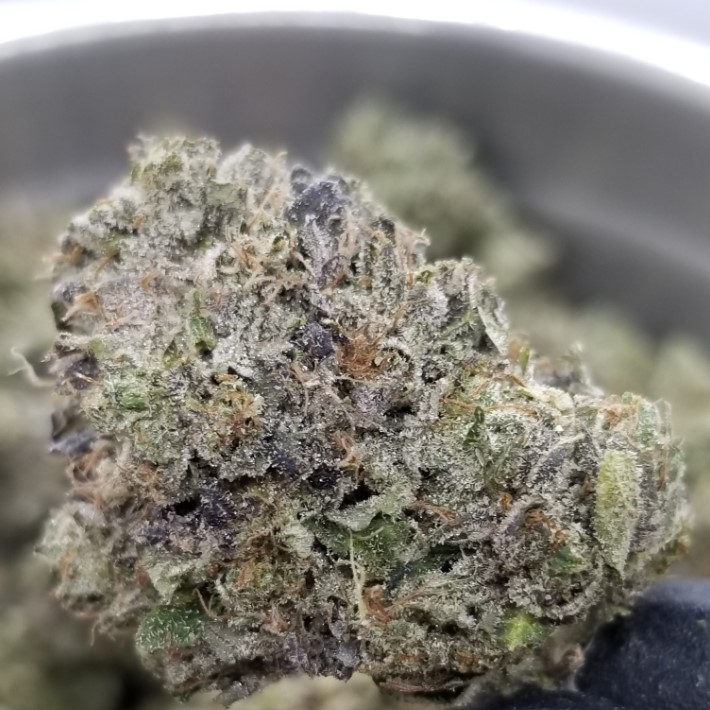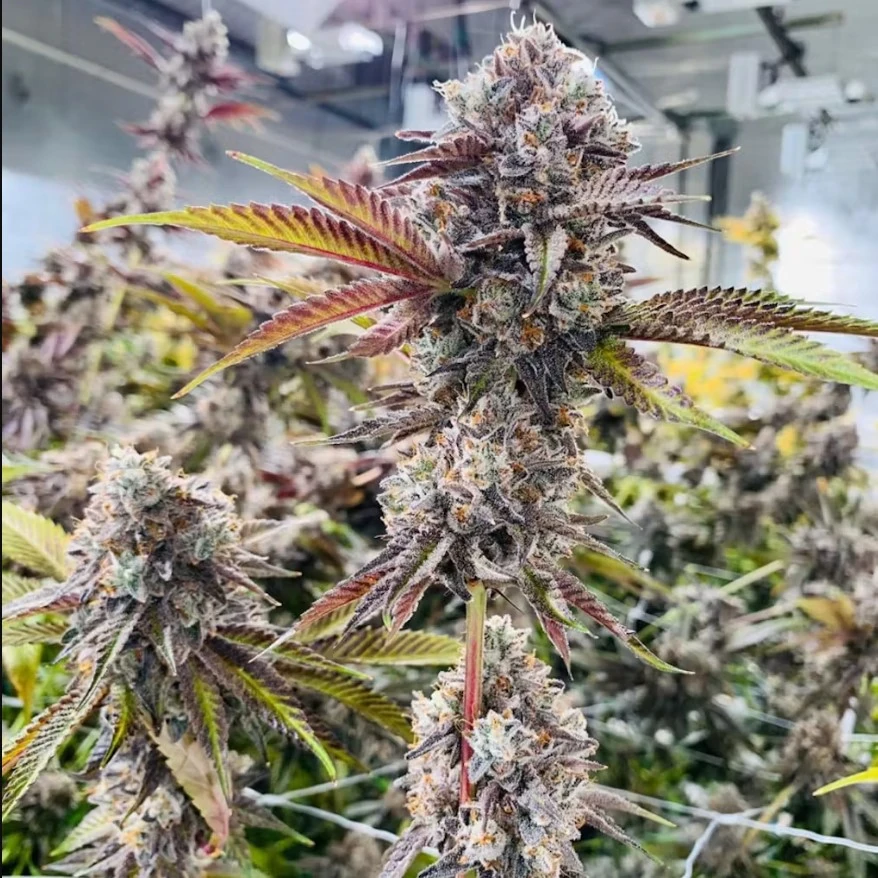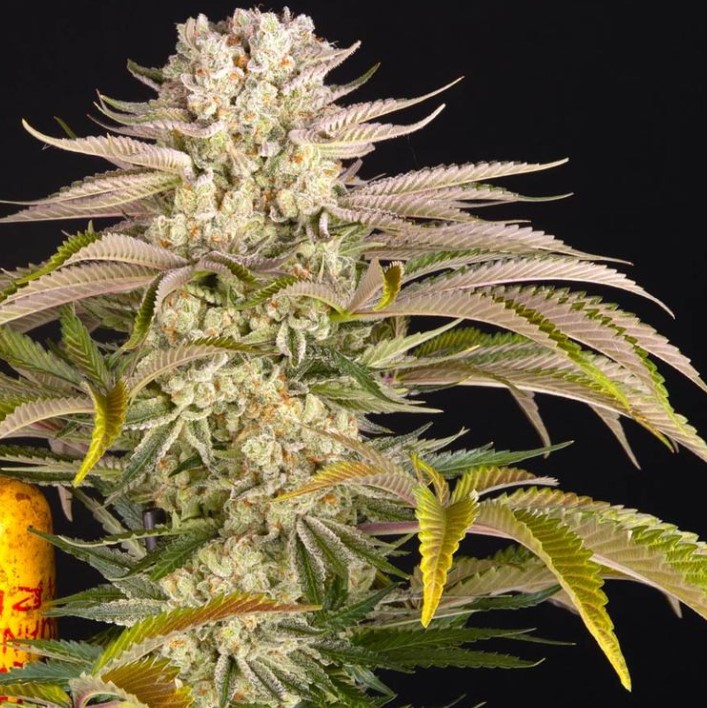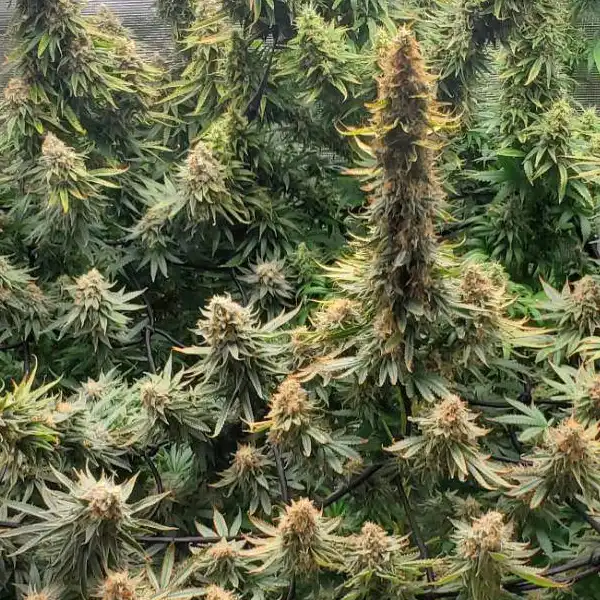Cannabis extracts are potent forms of medication that are dabbed, flash vaporized, or otherwise applied to release high concentrations of cannabinoids. These are some of the quickest, healthiest, and potent methods to consume cannabis, but to some, it may be just as confusing as the first time they walked into a dispensary.
There are many types of these concentrates and depending on the method of extraction used they vary in texture, consistency, colour, taste, and smell. Live resin is a type of BHO (butane honey oil) concentrate that focuses on keeping a strong terpene and flavour profile. The main difference between live resin and traditional BHO is the material and process used in making it. Although they both use the same solvent, live resin extraction uses living, fresh plants that are cryogenically flash-frozen, instead of cured cannabis, before being blasted with liquified butane to extract the cannabinoid and terpene profile. Live resin extraction can be complex and requires special equipment to quickly freeze the cannabis plants to preserve their flavour.
Why use Live Resin?
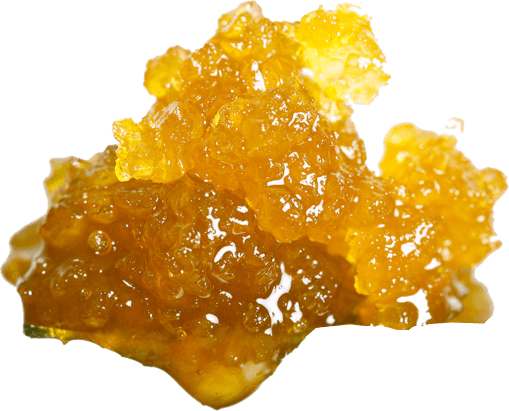
With cannabinoid and terpene profiles interacting, through the “entourage effect”, to help create the high you feel from a specific strain of cannabis, it is obvious why more and more consumers are starting to take note of the differences between extraction methods.
Live resin is referred to as a full-plant extraction; this means that everything from the buds to the leaves to the stalk is flash-frozen and extracted. The low temps of the flash-frozen material help to protect the terpenes, which are responsible for the pungent odour of cannabis, that are usually destroyed or lost in a traditional butane extraction. This gives live resin a fuller aroma that is more true to the plant it came from.
Live resin offers a potent form of medication that preserves the valuable terpenes needed to synergize with available cannabinoids. Terpenes are the pungent oils that cannabis strains get their unique smells and tastes from.
Compared to traditional butane honey oil, live resin gives a fuller terpene profile and smells and tastes more like the strain it came from. Another difference between BHO and live resin is that live resin usually has its own unique texture. While BHO can range from budder, shatter, or wax, live resin has a gooey and grainy consistency with a bright golden colour. Some live resins may even seem sappy or liquid-like when compared to other extractions due to their high terpene and moisture content. Along with a high terpene content, live resin also has a high cannabinoid profile. With potency ranging anywhere from 65%-90% THC, live resin is definitely a quick and healthy way to dose for your medicinal needs.
Due to its more complicated extraction process and need for special equipment and freezing chambers, live resin is usually higher priced than traditional concentrates as well as harder to find. Being a concentrate, it will require a dab rig, concentrate vaporizer, or some form of flash vaporization to be activated and consumed.

It is still the newest cannabis concentrate on the block, only originating in 2011 when Colorado growers finally used closed-loop systems to create a reliable method of fresh-frozen live resin extraction. Despite being the new kid on the block, live resin extractions have won multiple awards in Cannabis Cups since they were introduced in the mainstream. There are still many advances being made in the live resin field as it becomes more popular; one of these advances is the diversification of the texture of live resin.
Some extract artists have been able to achieve a variety of textures other than sugar (the grainy, gooey live resin), including shatter, sap, wax, or budder. With most cured cannabis losing 95% of its terpene profile from live plant form, it is easy to see why live resin is such a desirable concentrate. These extracts have definitely come a long way in a few years, from being expensive and rare sightings for the cannasseur to becoming a staple for most dabbers at most dispensaries.
Skywalker Strain: A Galaxy of Relaxation and Flavor
Getting Acquainted with Skywalker Strain The Skywalker strain is a well-balanced hybrid, leaning 85% Indica and 15% Sativa. With THC levels…
Chem De La Chem Strain Review
Chem De La Chem is a dynamic strain that has made a name for itself in the cannabis world, celebrated…
Tom Ford Pink Strain Review
Overview Tom Ford Pink is an exceptional hybrid strain that has captivated both recreational and medicinal users alike. Celebrated for its…
Holy Grail Strain Review
Overview The Holy Grail strain is a renowned hybrid cannabis strain that has captured the attention of both recreational and medicinal…
Pineapple Express Strain
Pineapple Express strain is a beloved name in the cannabis community, known for its unique flavor profile and balanced effects….
Godfather OG Strain
Godfather OG strain is a name that commands respect in the world of cannabis. Revered for its potent punch and…

